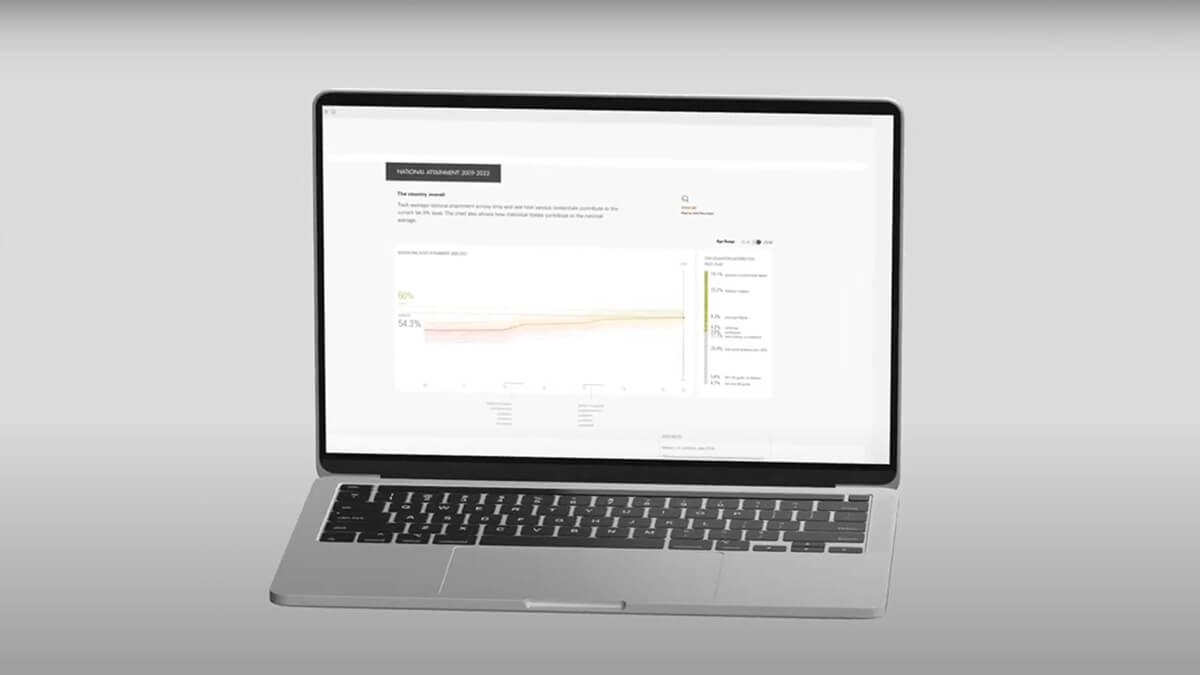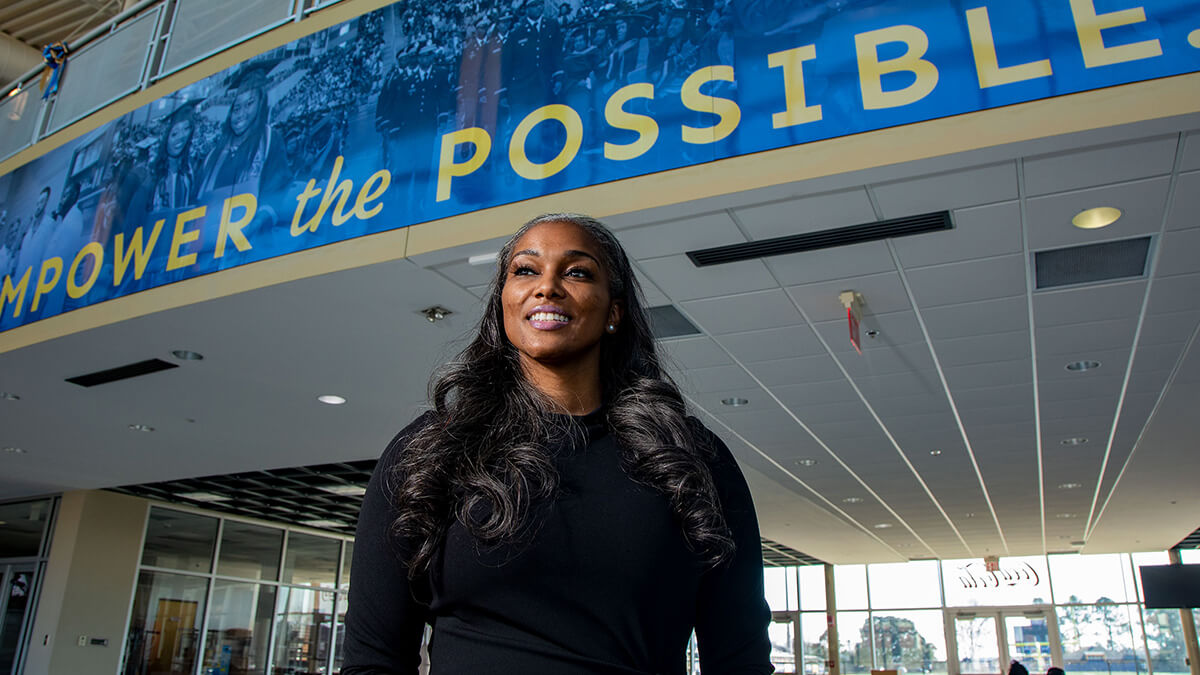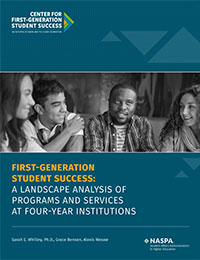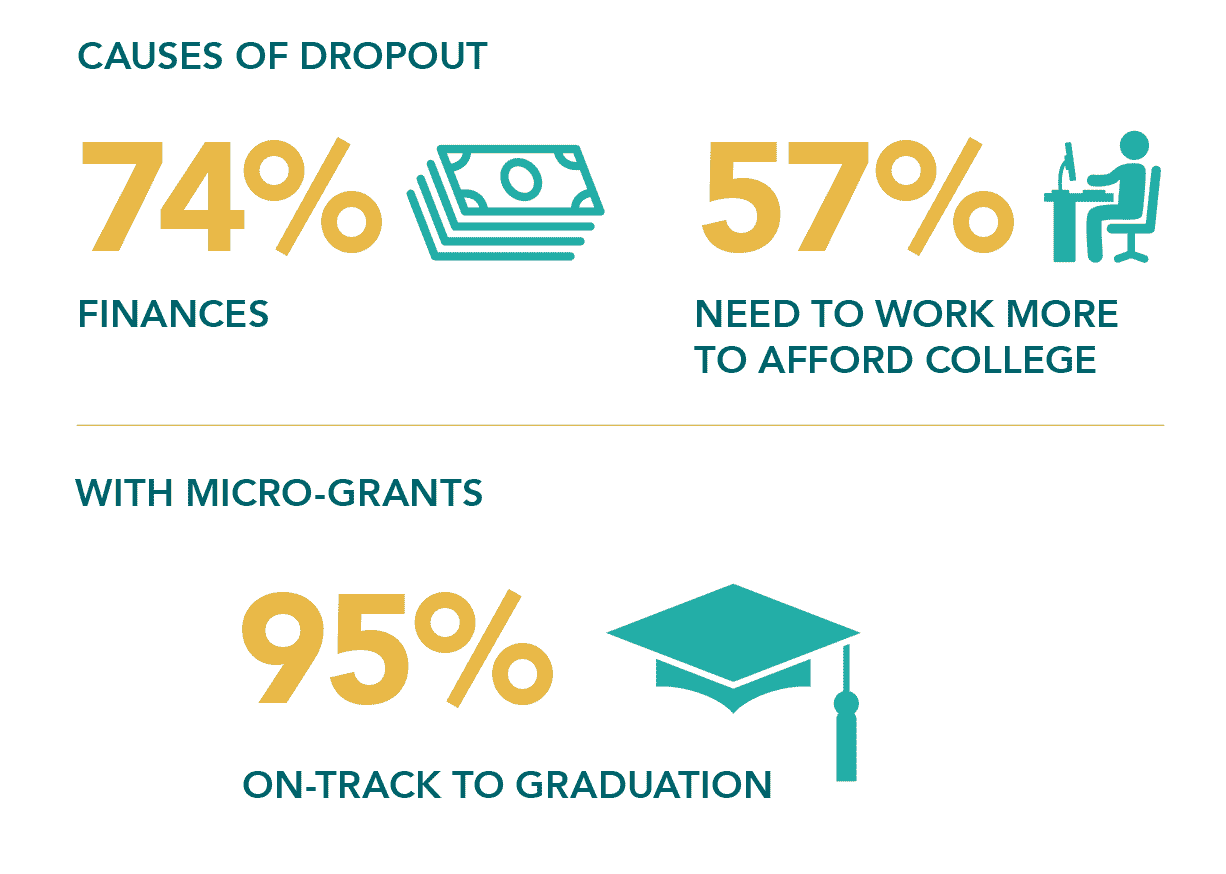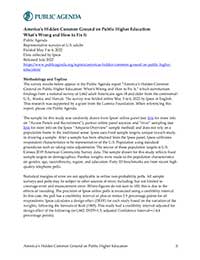Today’s Students
Today’s students are more likely than in the past to be Black, Hispanic, Latino, or Native American. Many are from low-income families. These nontraditional students are in college or are pursuing training after high school. Many are older adults with college experience who did not finish their degrees and certificate programs or earn industry-recognized certifications in IT, skilled trades, or licensed professions. These students are often caregivers for parents and children, work full or part time, and have trouble securing health insurance, meeting transportation needs, lining up childcare, feeding and clothing their families, and finding stable housing.
Only about one-fifth of U.S. undergraduates attend residential colleges and universities. Most of today’s students go to community colleges, public universities, open-access private colleges, and minority-serving institutions such as Historically Black Colleges and Universities, Tribal College and Universities, and Hispanic-Serving Institutions. These institutions accept more students who apply, focus on teaching and learning, and help people land in the middle class.
Addressing today’s students’ unique needs
Students today often require financial aid in the form of scholarships, grants, and loans to attend college. And they have other needs colleges and universities must adapt themselves to meet. These include flexible degree programs and new learning opportunities that fit their hectic lives. These supports include culturally appropriate instruction, childcare, bus and subway fare, tutoring, housing assistance, regular meals, and mental health counseling.
Today, many students are choosing not to pursue higher education because they are under significant economic and psychological stress. It’s a balancing act. Students do not see colleges and universities stepping up to help.
Although higher education pays off for most adults, Americans are increasingly skeptical of the value of bachelor’s degrees, choosing instead to pursue associate degrees and shorter-term credentials—or, choosing not to go on after high school and instead take their chances in the workforce.
Lumina Foundation and like-minded business, higher ed, nonprofit and policy leaders center their efforts on developing a system of learning after high school that positions all individuals for informed citizenship and success in a global economy. This involves understanding today’s students, their needs, how higher education and workforce training must evolve to meet these needs, and helping Americans and others who can make changes happen visualize the future that a better-educated nation brings.


